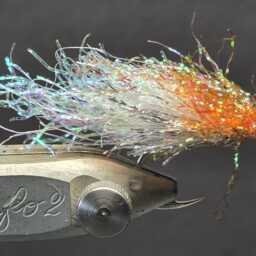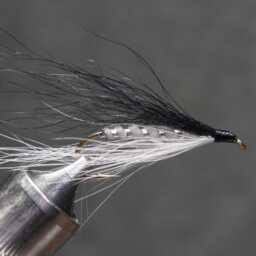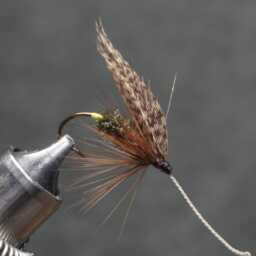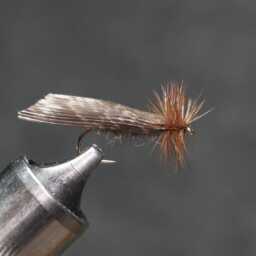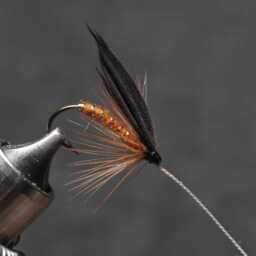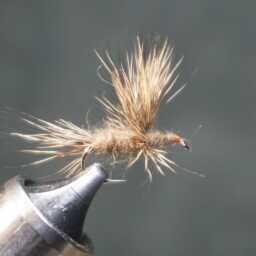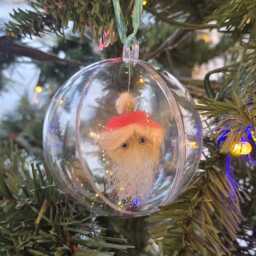The distinctively marked feathers of the teal, with their black bars against a white background, find extensive use in crafting wings for traditional wet fly patterns aimed at trout and sea trout. They feature prominently in renowned patterns such as the Peter Ross, teal blue, and silver. These feathers’ size also makes them valuable for numerous classic flies, even serving as hackle in patterns like the Ackroyd.
Breast feathers from the teal are commonly employed in crafting fan wing mayfly patterns such as the grizzly king and as wings for salmon flies like the black doctor, blue charm, green Highlander, and Jack Scott. Gray wing quills from the teal can be utilized similarly to mallard primary and secondary feathers. The black, barred, and white flying feathers of both the teal and mallard share striking similarities, allowing for their interchangeable use in various fly patterns.
Feathers from the American teal, particularly from the green-winged teal, are popular in fly tying due to their quality and versatility. Here are a few uses:
Wing feathers: The distinct markings and colors of the wing feathers, especially those from the male teal, are used to create realistic-looking wings on flies meant to imitate various insects or smaller birds.
Flank feathers: The grey flanks of the male teal provide soft, mottled feathers that are ideal for creating bodies or adding subtle movement to flies. They’re often used in wet flies and nymphs.
Speculum feathers: The iridescent green speculum feathers, when separated and used appropriately, can add flashes of color or create an eye-catching effect in certain fly patterns.
Soft hackle: The feathers from the teal’s body can be utilized for soft hackle collars in various fly patterns, providing natural-looking movement in the water.
Muddler and streamer patterns: The contrasting colors and soft texture of teal feathers are suitable for tying muddler or streamer patterns, where the natural hues and markings mimic small fish or other aquatic prey.
These feathers are prized by fly tiers for their natural appearance, adaptability, and effectiveness in creating lifelike imitations of insects and other creatures that fish prey upon.
Description:
The American teal, also known as the green-winged teal, is a widespread duck found in northern North America, excluding the Aleutian Islands. Previously considered the same species as the Eurasian teal (A. crecca), it’s now recognized as a distinct species by most authorities based on behavioral, morphological, and molecular evidence.
Scientific name: Anas, “duck” and carolinensis, “of Carolina”.
Characteristics:
This dabbling duck is the smallest in North America.
Breeding males have grey flanks and back, a yellow rear end, a white-edged green speculum, and a chestnut head with a green eye patch. They’re distinguished from male common teals by various markings.
Females resemble female mallards, but can be differentiated based on size, shape, and the speculum. Separation from female common teals is challenging.
Habitat and Behavior:
Highly migratory, wintering far south of its breeding range.
Gregarious outside of the breeding season, forming large flocks that resemble waders in flight.
Common in sheltered wetlands, feeding by dabbling for plant food or grazing. Nests on the ground near water and under cover.
Known for being noisy; males have a clear whistle, while females produce a feeble quack.
Conservation Status
The IUCN hasn’t evaluated its conservation status due to non-recognition of the taxon.
Abundant enough to potentially be classified as “Least Concern”; more plentiful than the common teal.
Often observed in significant numbers in wintering areas like the Marismas Nacionales-San Blas mangroves of western Mexico.
« Back to Glossary Index
